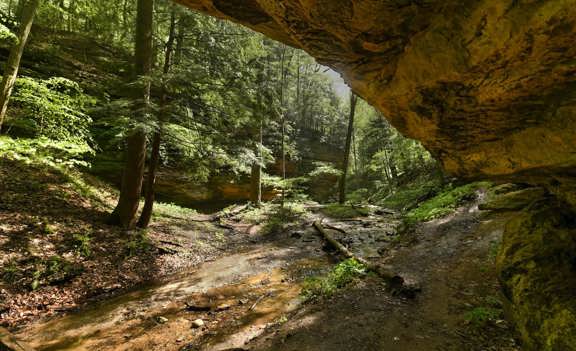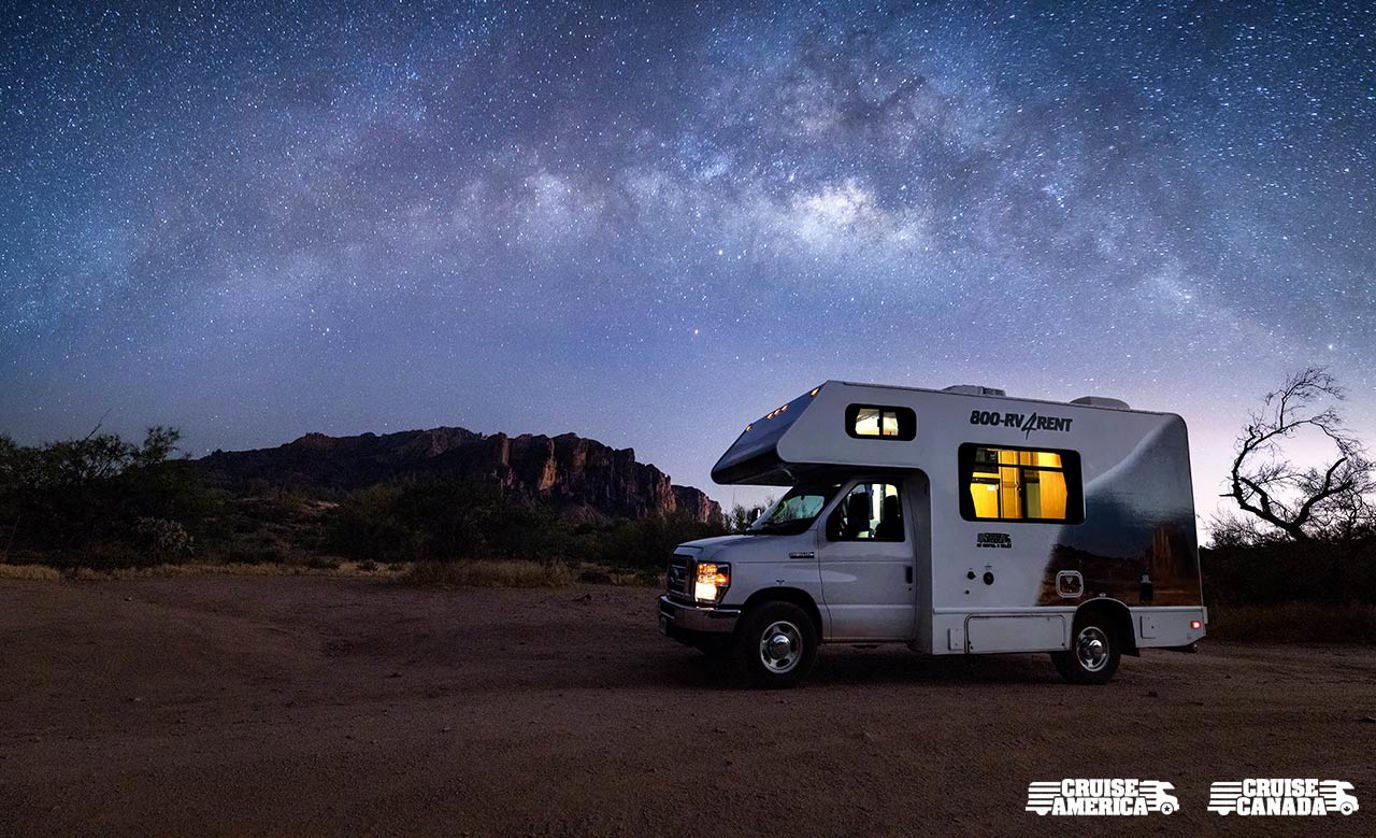
10 Tips to Take Better Star Photos with John Weatherby
SharePhotographing the stars can be an amazing activity while cruising in your RV. With proper planning and preparation, you can achieve some incredible results with a basic dslr camera and a tripod. Here are my top 10 tips to taking the best possible star shots.
Top 10 Tips to Taking the Best Possible Star Shots
-
Use a light pollution map to find dark skies. Using a site like darksitefinder.com you can look for areas with low light pollution. These areas will give you the best spots to look at and photograph the most visible stars.
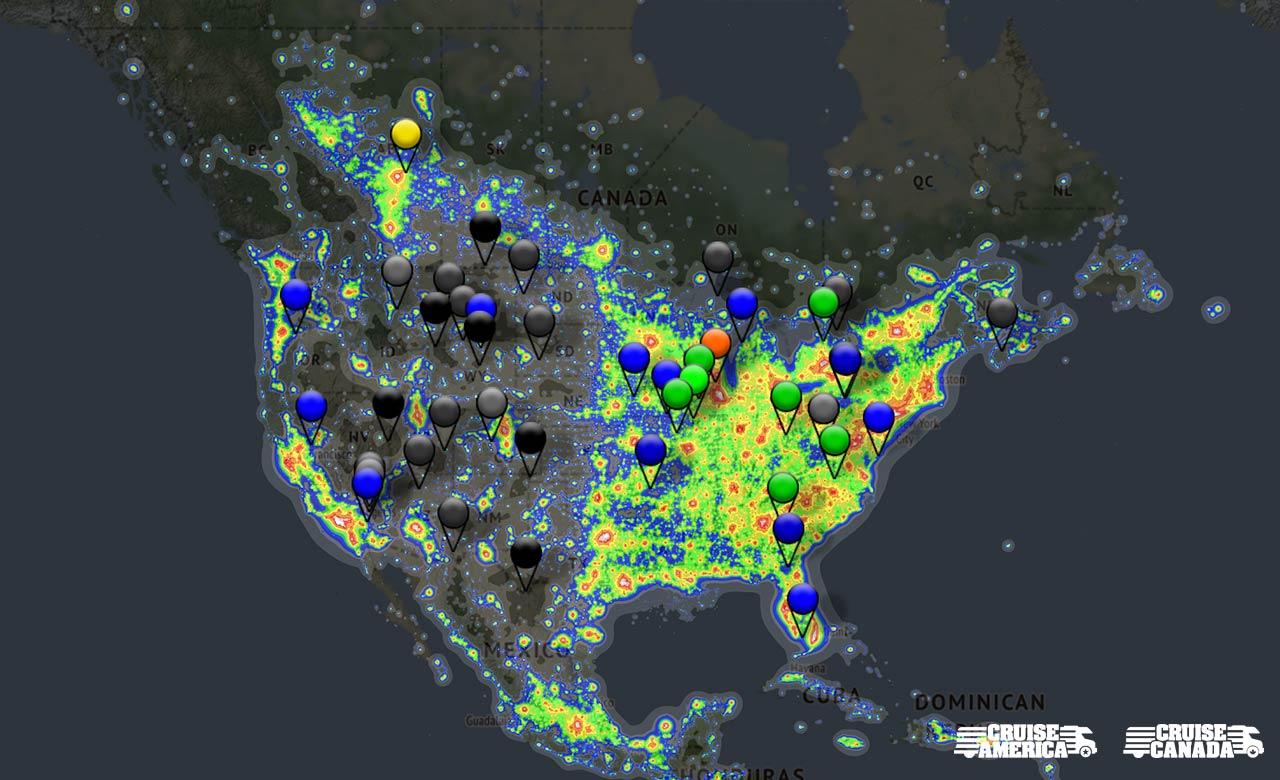
-
Use a remote or Self timer delay. You need to reduce the camera shake during a long exposure, and can do so by not touching the camera to take the pic. A self timer will suffice but make sure it's at least a few seconds (a few seconds is ideal).
-
Use the 500 rule to calculate your longest shutter speed possible without star trails. You can look this up but basically divide 500 by your focal length and thats the number of seconds you can shoot without getting star trails. As a safe rule of thumb 400 works better.
-
Plan your location during the day. Knowing your location already will help you orient yourself in the dark, and help you better find your foreground for the star photos at night. You can downline offline google maps and drop pins at your spots and save as favorites.
-
Use a good tripod and ballhead, or if all else fails prop camera on a steady surface like a rock. You’ll need the camera to not move while taking the pics.
-
Use a wide angle lens with a fast aperture. Wide angle lenses will give you best field of view of sky, a go pro can work. An aperture of F/1.8 or F/2.8 can let the most light in so you can lower your iso and shutter speed, but the kit lenses that come with dslr’s will work just fine.
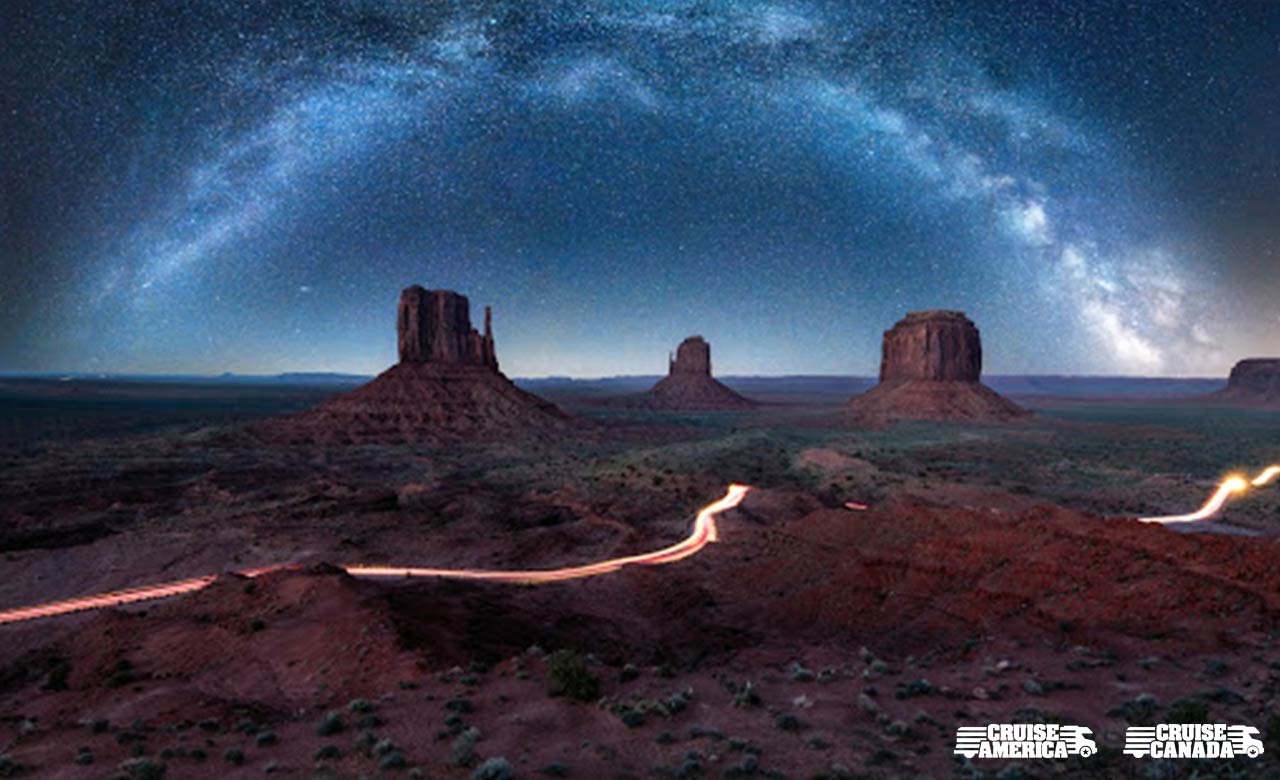
-
Know your settings. Going back to the last tip, you need to open up the aperture to the maximum to let the most light in. This number will be the lowest number possible for lens. Start at around iso 2000, and 15 seconds shutter speed, (with cameras maximum aperture) and work up or down the iso and shutter speed to get a proper exposure.
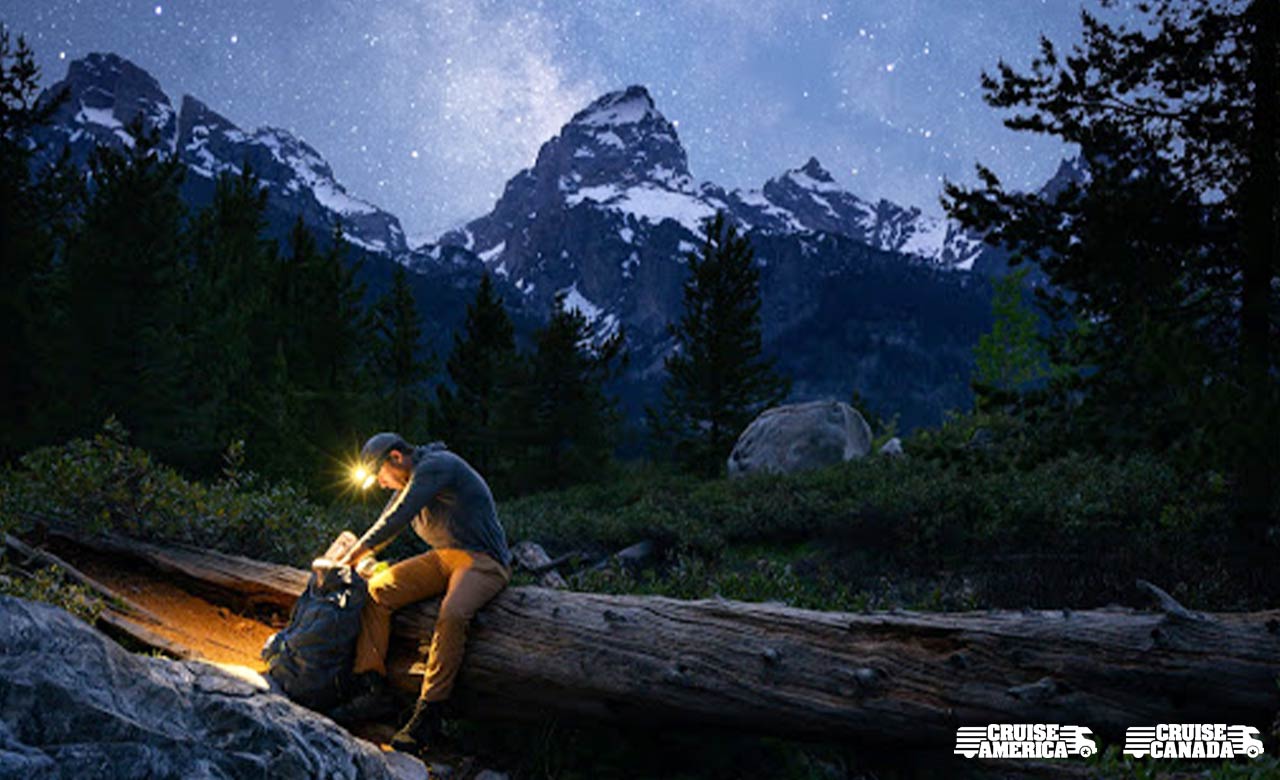
-
Use a headlamp with red light. Headlamps are handy for working hands free in the dark and working with camera gear. A dim red light option is great for not ruining your night vision and allowing to still see okay with ambient light. As a courtesy to other photographers, turn the lights on only when you need them (including other lights like car lights) if there are others present taking pics. Otherwise your lights will interfere with others photos.
-
Manual focus on a star in live view. Flip off autofocus (so you only have to focus once and set it) and go into live view on camera screen. Zoom in view as much as you can and focus back and forth til you see a star as sharp as possible. This is easier on newer cameras with higher res screens.
-
Plan your excursion around the new moon. During the moonphase each month the moon will be least present and not present at all right before (during) and right after the new moon. Shooting the milky way with little or no moon present will show the most stars possible.
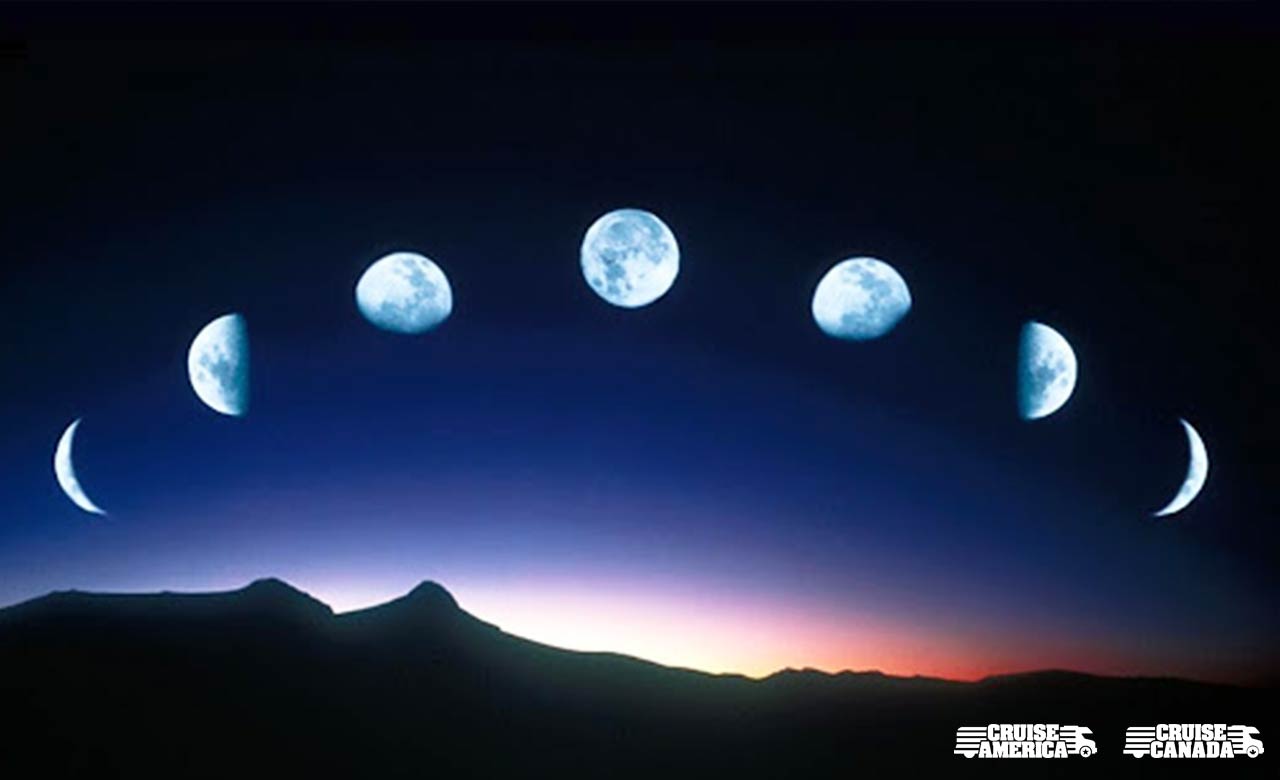
I hope that you all found this helpful and if you take some good night photos tag me on Instagram @whereisweatherby. I would love to see your results. Also feel free to message me with any questions at all about capturing the stars. Happy star chasing.
-
To find more travel inspiration from Cruise, visit us on Instagram, or if have your Cruise Story you want to share, tag your photos with #BeThereNow for a chance to be featured on our social channels.
-
John departed from Phoenix, Arizona in a Compact RV.

